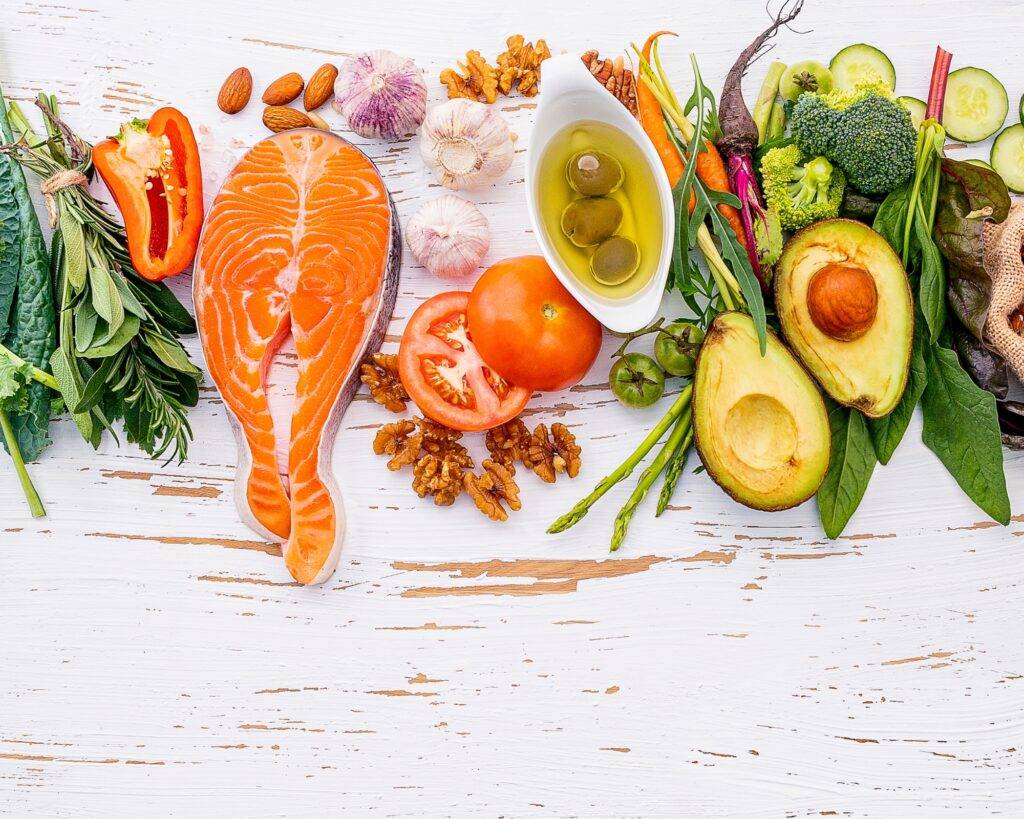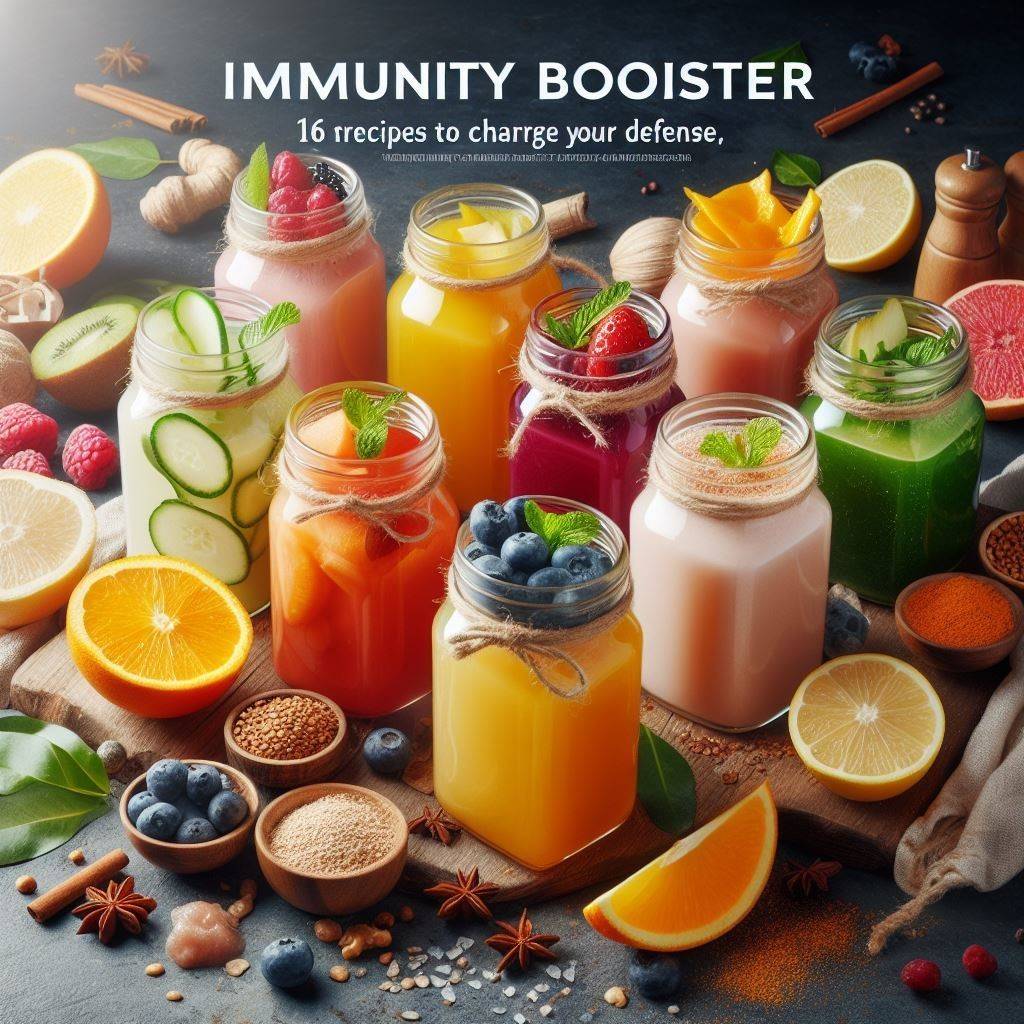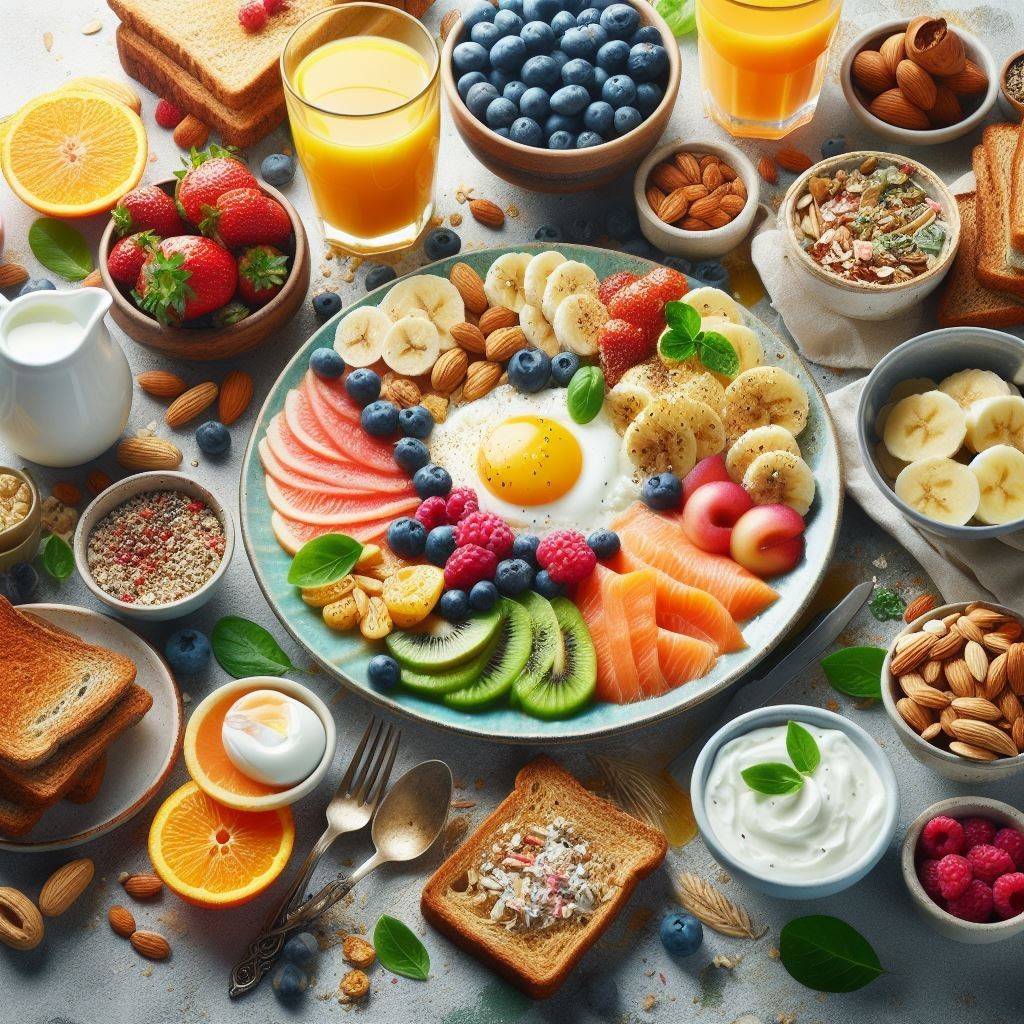High Calorie Low Carb Foods: A Tasty Guide to Fuel Your Day
Discover Delicious High Calorie Low Carb Foods – Your Ultimate Guide for Fueling Your Day! Explore the Best Options Now.
Introduction to High Calorie Low Carb Foods
Ah, the eternal conundrum: you want the calories for lasting energy but not the carbs that often come attached. Especially in today’s health-conscious world, finding high-calorie foods that are low in carbohydrates can feel like hunting for a unicorn. Good news! They do exist, and they are more common than you think. This guide will delve into the whys and how of choosing high-calorie low-carb foods to fuel your day efficiently. We’ll even top it off with meal ideas and other practical tips. So let’s dive in!
Why Go for High Calorie Low Carb Foods?
The Science Behind Low Carb Diets
Low carb diets have taken the wellness sphere by storm. But why? Carbohydrates, especially the refined kind, can cause spikes and crashes in blood sugar levels. They often contribute to weight gain and can exacerbate conditions like diabetes. Low carb diets aim to mitigate these issues by reducing carbohydrate intake, allowing the body to burn stored fat for energy. Studies have shown that low-carb diets can be more effective for weight loss compared to low-fat diets.
High Calories for Energy
Calories are not the enemy; they are our primary source of energy. Athletes, for instance, require a high-calorie intake to sustain their activity levels. The trick lies in choosing the right kind of high-calorie foods, the ones that give you sustained energy without adverse health effects. For example, foods rich in healthy fats and proteins offer a caloric boost to a hefty carb count.
Top 10 High Calorie Low Carb Foods You Must Try
Eager to stock your pantry with high-calorie, low-carb goodness? Look no further. This section will introduce you to ten foods that fit the bill perfectly, complete with their caloric and carb counts.
Nuts and Seeds
“In every nut and seed, you find what you need.” is an old saying that holds truth in the realm of high-calorie, low-carb foods.
- Almonds: Around 7 grams of carbs and 160 calories per ounce1.
- Macadamia Nuts: Approximately 4 grams of carbs and 200 calories per ounce2.
- Chia Seeds: About 2 grams of net carbs and 58 calories per tablespoon3.
Why They’re Great
Nuts and seeds are nutritional powerhouses. They are chock-full of essential nutrients like omega-3 fatty acids, fiber, and protein. So, the next time you need a calorie-dense, carb-light snack, reach for a handful of nuts or sprinkle some chia seeds over your yogurt.
Dairy Products as Best High Calorie Low Carb Foods
- Cheese: Varies by type, but most hard cheeses have fewer than 1 gram of carbs and around 110 calories per ounce
- Full-Fat Greek Yogurt: Roughly 7 grams of carbs and 190 calories per cup5.
Why They’ Great
Cheese and full-fat yogurt are not only delicious but also very filling. They provide a lot of bang for your buck in terms of calories and nutrients like calcium and protein.
Fatty Fish
- Salmon: Virtually zero carbs and about 230 calories per 3.5-ounce serving.
- Mackerel: Zero carbs and around 300 calories per 3.5-ounce serving
- Sardines: Zero carbs and about 200 calories per 3.5-ounce serving
Why They Are Great
Fish like salmon, mackerel, and sardines are rich in omega-3 fatty acids, which are beneficial for heart health. Moreover, they’re a fantastic source of high-quality protein.
Table: Caloric and Carb Values of Selected High-Calorie, Low-Carb Foods
| Food Item | Carbs per Serving | Calories per Serving |
| Almonds | 7g | 160 |
| Macadamia Nuts | 4g | 200 |
| Chia Seeds | 2g | 58 |
| Cheese | <1g | 110 |
| Full-Fat Yogurt | 7g | 190 |
| Salmon | 0g | 230 |
| Mackerel | 0g | 300 |
| Sardines | 0g | 200 |
The Science Behind High Calorie Low Carb Foods
Have you ever wondered why some foods are high in calories but low in carbs or vice versa? It’s all about the nutritional composition.
Macronutrients and Caloric Density
Each macronutrient – protein, fats, and carbohydrates – provides a certain number of calories per gram:
- Protein: 4 calories per gram
- Carbohydrates: 4 calories per gram
- Fats: 9 calories per gram1
As you can see, fats provide more than twice the number of calories per gram compared to proteins and carbs. That’s why foods rich in healthy fats are often both high calorie and low-carb.
Nutrient Absorption
Different nutrients take different amounts of time to digest and absorb, which can affect how full or hungry you feel:
- Proteins and fats are slower to digest, making you feel fuller for longer.
- Carbs, especially simple carbs, can cause quick spikes and drops in blood sugar, often leading to increased hunger.2
Ketosis: A Metabolic State
Eating a high-fat, low-carb diet can also lead to a state called ketosis. In ketosis, your body burns fat for fuel instead of carbohydrates, making it easier to lose weight without feeling hungry all the time.
Note: Always consult a healthcare provider before making significant changes to your diet, especially if you have existing medical conditions.
Table: Macronutrients and Their Caloric Content
| Macronutrient | Calories per Gram |
| Protein | 4 |
| Carbohydrates | 4 |
| Fats | 9 |
Delectable Recipes Using High Calorie Low Carb Foods
Eating high-calorie, low-carb foods doesn’t mean sacrificing flavour or enjoyment. Below are some recipes that not only taste successful but also meet the nutritional criteria.
Avocado and Egg Breakfast Bowl
Remember, avocados are a powerhouse of healthy fats and are relatively low in carbs.
Ingredients:
- 1 ripe avocado, halved and pitted
- 2 eggs
- Salt and pepper to taste
- Optional: chives or parsley for garnish
Instructions:
- Scoop out a bit of each avocado half to create a small well.
- Crack an egg into each well.
- Season with salt and pepper.
- Bake at 375°F (190°C) for 12-15 minutes.
- Garnish with chives or parsley if desired.
Coconut Cream Smoothie
Coconut cream is high in healthy fats and adds a tropical twist to your smoothie.
Ingredients:
- 1 cup coconut cream
- 1/2 cup water
- 1 cup spinach
- Ice cubes
- Optional: Stevia or monk fruit sweetener
Instructions:
- Blend all ingredients until smooth.
- Taste and adjust the sweetness if needed.
Table: Nutritional Facts for Recipes
| Recipe | Calories | Carbs | Fats | Protein |
| Avocado and Egg Breakfast | 350 | 12g | 30g | 12g |
| Coconut Cream Smoothie | 400 | 6g | 35g | 4g |
Meal Planning with High Calorie Low Carb Foods
Crafting a meal plan that’s both high in calories and low in carbs can feel daunting, but it’s more straightforward than you might think. Let’s explore some tips and strategies to make meal planning a breeze.
Understand Your Caloric Needs
Before you start mapping out meals, you need to understand your caloric needs. Your daily caloric intake depends on several factors:
- Age
- Gender
- Physical activity level
Online calculators or consultation with a healthcare provider can help you pinpoint your caloric needs.
Organize Your Grocery List
When shopping for high-calorie, low-carb foods, a well-organized grocery list is a must-have. Separate your list into the following categories:
Proteins:
- Salmon
- Beef
- Chicken
Healthy Fats:
- Avocado
- Coconut oil
- Nuts and seeds
Low-Carb Vegetables:
- Spinach
- Kale
- Zucchini
Dairy or Dairy Alternatives:
- Full-fat yogurt
- Almond milk
- Cheese
Plan Ahead
It’s easy to veer off course when you’re hungry and there’s no plan in place. Plan your meals and snacks for the week, accounting for breakfast, lunch, dinner, and any snacks. Include a balance of high-calorie and low-carb foods in each meal.
Sample 1-Day Meal Plan
| Meal | Menu Item | Calories | Carbs |
| Breakfast | Avocado and Egg Breakfast Bowl | 350 | 12g |
| Lunch | Salmon Salad | 400 | 8g |
| Dinner | Beef Stir-fry with Vegetables | 600 | 10g |
| Snack | Almond Butter on Celery | 200 | 4g |
Keep It Fresh
Although sticking to a plan is crucial, don’t let it become monotonous. Add new recipes and foods to your meal plans regularly to keep your diet exciting and palatable.
Tracking Your Progress on High Calorie Low Carb Foods
Diet
Just because you’ve set a meal plan doesn’t mean the work is done. You’ll want to keep tabs on your progress to adjust your plan as needed. Here’s how to go about it.
Establish Clear Goals
First, you need to have a clear set of goals in mind:
- Weight gain, weight maintenance, or muscle growth
- Improved blood sugar levels
- Better athletic performance
Knowing what you’re aiming for will help you better track your progress.
Use a Food Journal
Nothing keeps you on track like putting pen to paper. A food journal is an excellent tool for accountability. Record:
- Foods consumed
- Caloric content
- Carbs, fats, and protein intake
Apps like MyFitnessPal can make this process more effortless.
Regular Health Check-ups
Frequent check-ups with a healthcare provider can provide you with concrete data on how well the diet is affecting your health. This could include:
- Weight checks
- Blood tests
- Blood pressure readings
Self-Assess Regularly
Apart from official records and stats, pay attention to how you’re feeling:
- Energy levels
- Digestive comfort
- Mental clarity
Your body can provide cues that tell you if your diet is working for you or if it needs some tweaking.
Workout Plans to Complement a High Calorie Low Carb Foods Diet
Incorporating the right type of exercise into your diet can enhance your progress. Whether you’re looking to gain muscle mass or improve athletic performance, a targeted workout plan can make all the difference. Here’s a breakdown of what you should consider.
Choosing the Right Type of Exercise
Before diving into specific workout plans, let’s discuss the types of exercise that can complement a high-calorie, low-carb diet:
- Strength Training: Excellent for building muscle mass.
- Cardiovascular Exercises: Good for improving heart health, but may need to be moderated to avoid burning off too many calories.
- Flexibility Exercises: Think yoga or Pilates for improving overall well-being and reducing stress.
Strength Training Plans
For those looking to build muscle, consider a 3-day or 4-day split. Here are some suggestions:
3-Day Split:
- Day 1: Chest and Triceps
- Day 2: Back and Biceps
- Day 3: Legs and Shoulders
4-Day Split:
- Day 1: Chest
- Day 2: Back
- Day 3: Arms (Biceps and Triceps)
- Day 4: Legs
Cardio Options
While you don’t want to burn off all those hard-earned calories, some cardio is essential for heart health1.
- Moderate jogging: 20 minutes, twice a week
- Swimming: 30 minutes, once a week
- Cycling: 20 minutes, twice a week
Supplements to Elevate Your High Calorie Low Carb Foods Diet
When you’re on a high-calorie, low-carb diet, certain supplements can help you make the most out of your nutrition and exercise. Here, we’ll explore some of the best options to consider.
Protein Supplements
Protein is the building block of muscles. While a high-calorie, low-carb diet is usually rich in protein, an additional boost can sometimes be beneficial, especially for those involved in strenuous workouts.
- Whey Protein: Quickly absorbed, ideal for post-workout.
- Casein Protein: Slowly absorbed, good for nighttime.
Creatine
This supplement can help you perform better in high-intensity, short-duration exercises like sprinting and weight lifting2.
- Micronized Creatine: Easier on the stomach
- Creatine Monohydrate: Most studied, proven benefits
Branched-Chain Amino Acids (BCAAs)
BCAAs can reduce muscle soreness and improve recovery, allowing you to train more effectively.
- Leucine: Most effective for muscle repair
- Isoleucine and Valine: Aid in energy production
Omega-3 Fatty Acids
Although not directly related to muscle growth or exercise performance, Omega-3s offer a host of benefits like reducing inflammation and improving heart health4.
- Fish Oil: High in EPA and DHA
- Algal Oil: A plant-based option
Meal Planning for a High Calorie Low Carb Foods Diet
Meal planning is crucial when you’re targeting specific dietary needs. Let’s go over some practical ways to create a meal plan that aligns with a high-calorie, low-carb diet.
The Importance of Macros
Understanding your macronutrients—proteins, fats, and carbohydrates—is vital. Your primary focus should be on:
- Protein: Essential for muscle repair and growth
- Healthy Fats: Provide energy and aid in nutrient absorption1
Sample Meal Plan
Here’s what a day might look like:
- Breakfast: Scrambled eggs with avocado
- Lunch: Grilled chicken with a side salad
- Dinner: Steak with a side of green vegetables
Meal Prep Tips
Streamline your week by preparing in advance:
- Cook in bulk: Prepare your protein sources for the week
- Veggie Prep: Slice and dice veggies for quick additions to meals2
Tracking Your Meals
There are various apps available to keep track of your macros and calories.
- MyFitnessPal: Comprehensive food library
- Chronometer: Provides detailed micronutrient info3
FAQs on High Calorie Low Carb Foods
How can I get high calories without carbs?
Getting high calories without carbs is easier than you might think! Foods like avocados, nuts, and seeds, and fatty fish like salmon are your best friends here. These foods are not only low in carbs but are also packed with healthy fats that can provide the high calories you’re looking for. You can also go for meats like steak or chicken thighs. Just be sure to opt for the fattier cuts.
What low-carb foods help you gain weight?
If you’re looking to gain weight, you’ll want foods that are not only low in carbs but also high in calories and protein. Options like ribeye steak, pork chops, and salmon can be excellent choices. Nuts and seeds like almonds, flaxseeds, and chia seeds are also successful for weight gain. They’re dense in calories and offer healthy fats.
What foods have zero carbs and calories?
Well, technically, no food has zero carbs and calories, but some come pretty close. Foods like spinach, lettuce, and other leafy greens have negligible carbs and calories. But remember, they also don’t offer much in terms of calories, so they won’t help you gain weight.
What is the most filling low-calorie carb?
When you’re looking for something filling but low in both calories and carbs, veggies are usually a bet. Foods like cauliflower, broccoli, and zucchini can fill you up without a lot of calories or carbs. For something a bit more substantial, eggs are another successful option. They’re rich in protein, which can help keep you full, and are relatively low in both carbs and calories.
Conclusion about High Calorie Low Carb Foods
And there you have it—our top 10 list of high-calorie, low-carb foods that will keep you energized while keeping your carb count in check. These options are not just nutritious; they’re also pretty tasty, giving you the best of both worlds. From breakfast to dinner and everything in between, you’ve got choices that work for any meal of the day.
So, the next time your grocery shopping, why not pick up some of these items? Your body will thank you for the energy boost, and your taste buds will be just as grateful for the delicious flavours. Happy eating, and here’s to a healthier you!



